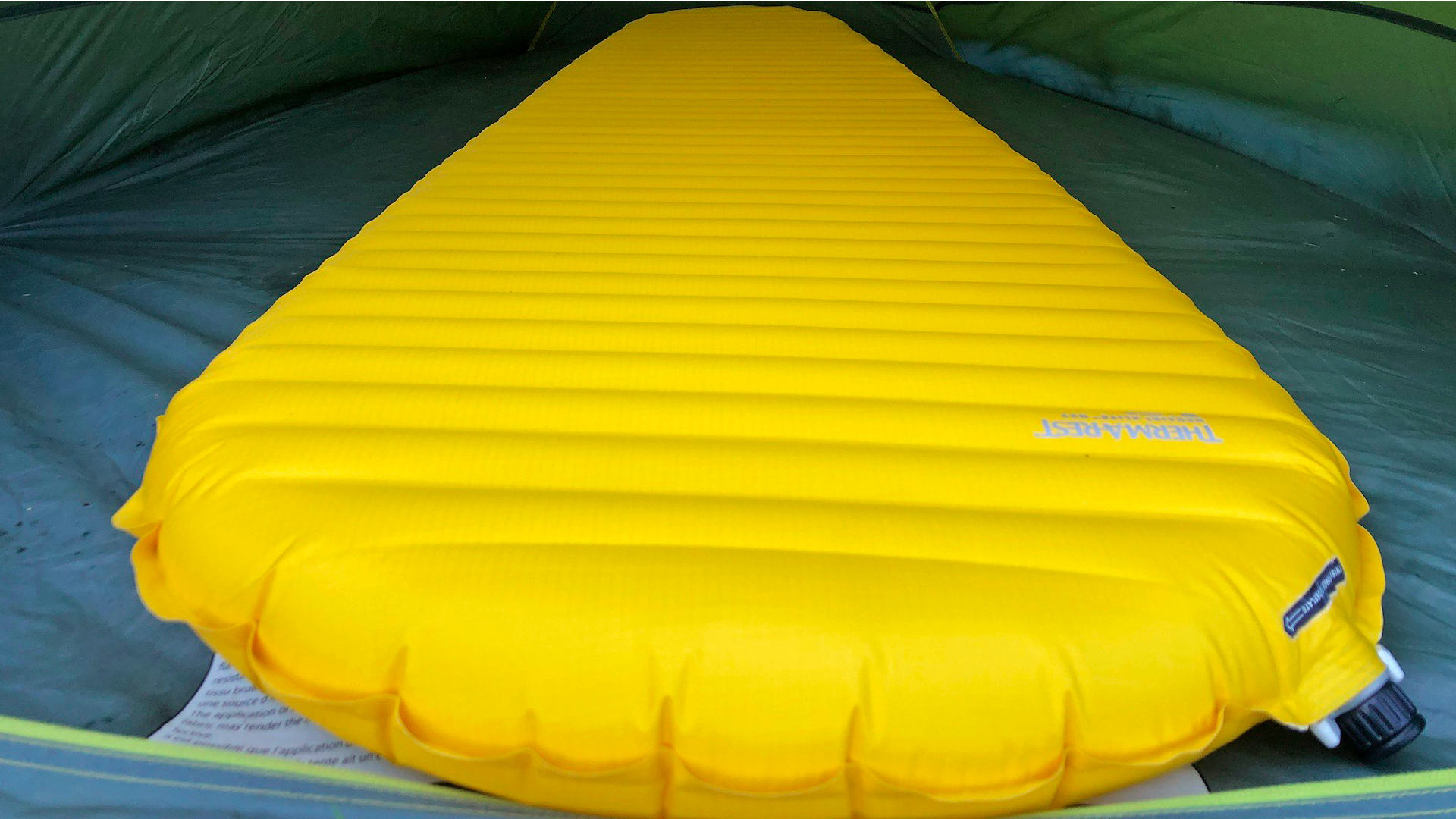With camping season well and truly upon us, you might be in the process of perfecting your so that every night out in the wild can be filled with more dreams and less tossing and turning. One of the most important items in your sleep system when it comes to warmth and comfort is your . Choosing the right sleeping pad the first time is crucial for getting a good night’s sleep at camp.
It needs to be comfortable, warm enough and big enough, but depending on what type of camping you’re doing may also need to be light, packable and durable. When you start shopping around for a new pad, the labels can be a little confusing. What is a closed-cell sleeping pad? Do self-inflating pads really work? And what does R-value stand for? Let us take all the work out of things and help you decode the label on your sleeping pad, so you know exactly what you’re getting for your money, and make sure it’s the best choice for your overnight adventures.

If you’ve been wondering what on earth a closed-cell camping mat is, it’s honestly a pretty complicated term to describe what you might know better as a foam camping mat. Before Therm-A-Rest came along and revolutionized things with air pads, sleeping pads were all those cheap, lightweight foam mats that roll up but don’t compress (or inflate). Clearly, these pads are less technical, and there are drawbacks: namely, they’re not as comfortable and they don’t pack down small.
However, they do still have a place, after all, they’re .
















